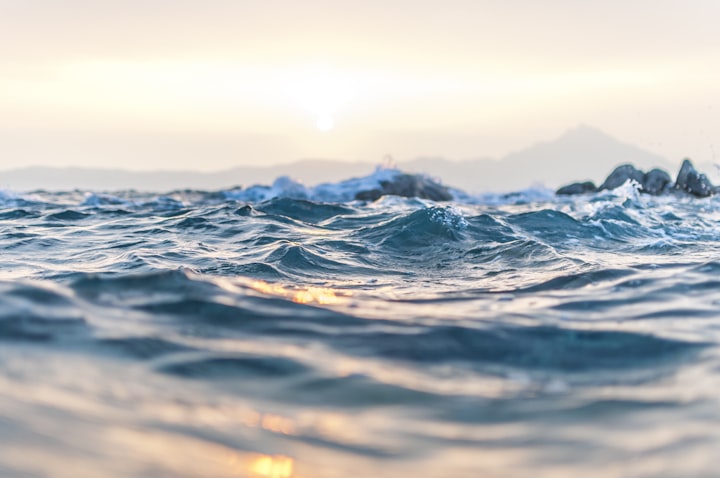How Was Ocean Created
How Was Ocean Created

The presence of water on Earth was not at first recorded in the actual record. By assessing the measure of seawater left in the radiocarbon at various profundities in various pieces of the Earth, we realize that the profound Pacific Ocean contains antiquated oceans that contacted the air for around 1,000 years prior to blending with the surface. To respond to our inquiry of how the world's seas were framed, we examined antiquated zircon esteems to check whether they recorded harmony esteems, for example follows in the crustal part, and the oxygen accessible in the zircon records outside layer esteems, implying that the principal magma was blended impacted by low temperatures and the softening of dissolving water.
New exploration shows that the Earth gave its water by keeping it in the stones that make up the Earth. The best model of the sea source at present is the mix of water from comets and water bodies with rocks on Earth during development. The model appears to tackle the deuterium issue: the Earth's circle rocks circle assimilate neighborhood water from the sunlight based cloud, a haze of gas and residue around a little sun, prior to amassing on Earth.
The measure of deuterium and hydrogen from the Earth's seas is like that of water-rich space rocks and different substances like carbon and nitrogen of comets.
Wendy Panero, a previous partner teacher of geosciences in Ohio State, and clinical understudy Jeff Pigott said in 2014 that the inside of the Earth had made an ocean of water. As of late, new species have seemed to show that the primary planet Earth held quite a bit of its water during its development, and that the seas might have been any longer than recently suspected. The hydrogen-isotope proportion in the old Canadian shakes, the most seasoned shakes on Earth, looks less like space rocks and is basically the same as the water in any case of the sun, where the stones contain ordinary hydrogen and a little deuterium.
The two significant conditions that researchers believe are answerable for a large part of the seas are hazy, however we realize that the majority of these waters and the Earth's surface are around four billion years of age. Seas were made by the gasification of water fume, which cooled in the liquid piece of the Earth and loaded up with downpour and water, and today proceeds with crafted by volcanoes, dissipation from the Earth, the arrangement of rocks in the environment, and crashes with ice and moons.
The development of seas on our planet addresses only worldwide cooling at worldwide temperatures, when the water was at a steady water level. This cycle would require a huge number of years, implying that the seas had effectively tumbled to the earth 4.4 billion years prior. It is far-fetched that a particularly intense change will occur, and that unique sea flows have freed the earth from cooler environments that can uphold water and oceanic life.
The earth is unique in relation to the rough planets in the close planetary system since it is the lone planet known to have an ocean of water on its surface. Researchers have since quite a while ago considered the world's water source and accept that it comes from a blend of these two sources. The vast majority of the ocean and sea water (137 and 107 cubic miles, individually) have been delivered in Earth's set of experiences.
In the protoplanetary circle area nearest to the Sun, which was the most sweltering throughout the entire existence of the close planetary system, it was unthinkable for seawater to run down the Earth as it shaped. Earth's water toward the finish of its disintegration was disturbed by the impacts of the moon's billions of years prior which dissipated the world's covering and external layer, making a rough air. The way to building the Earth's hot ice was the fundamental water transporter.
The clarification given by the University of Münster that Theia, a planet 4.5 billion years prior, as per a significant speculation, slammed into the Earth to frame the earth, developed from the nearby planetary group and not from the inside nearby planetary group, water and carbon-based make a difference to shape the Moon. Seas started to seem countless years prior, when planet Earth chilled after its hot, hot-tempered youth.
Comets contain the very sort of water ice that we have concentrated in Comet Halley and Hyakutake yet just have water particles, so we have had the option to concentrate exhaustively how comets carry water to Earth's sea or not. Their model shows that a large portion of the water in the liquid stone structures vanishing, which cools and gathers in the sea. The actual water frames its own ocean, yet it contains a lot of broke down minerals and salts





Comments
There are no comments for this story
Be the first to respond and start the conversation.